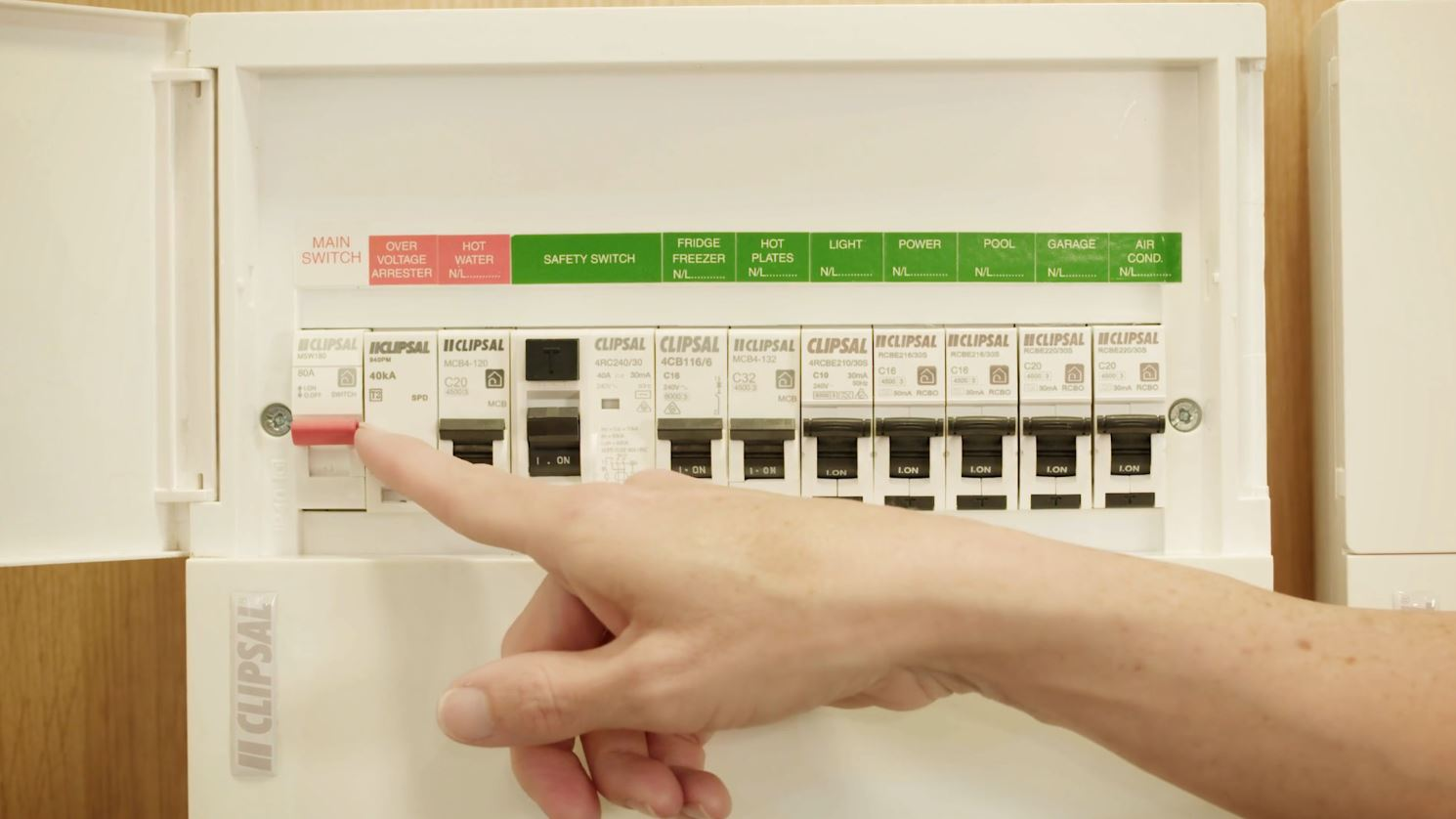A safe electrical system is essential for your entire home or commercial establishment. Among the different components contributing to a secure electrical environment are the Residual Current Device (RCD) switches.
RCD switches consistently monitor the voltage or electrical current flow in your building’s neutral and active wires. It also protects your electrical system from shocks and electrical fires.
Let’s explore and discover the ins and outs of RCD switches for the safety of your home electrical system.
What is an RCD Safety Switch?
Ordinary circuit breakers and fuses cannot provide the same level of protection against electricity that RCDs give. It is a life-saving tool made to protect you from shocks and other electrical hazards.
Understanding how an RCD switch works protects your home from various electrical issues. Once it detects a problem, the RCD stops the current passing through it. It continuously tracks the electric current flowing throughout the circuits.
RCD switches are crucial to your electrical system. Only experts should install and repair them to ensure a proper and safe set-up.
Improper installation may lead to RCD switch hazards such as electrical shocks and fires. Remember that safety is your top priority when installing such components. Hence, never let an amateur or untrained individual handle the work to avoid issues that can lead to expensive costs or repairs.
Difference Between Switchboards, Circuit Breakers, and RCD Safety Switch
Your electrical system comprises various safety components, such as RCD switches, circuit breakers, and switchboards.
These components may enhance safety and protect your home against harm, but they serve different purposes. Hence, it is crucial to recognise their distinctions.
We now know that an RCD is mainly designed to quickly cut off the power supply when there is a defect in the circuit, preventing electric shocks. It tracks the current flowing through the live and neutral wires powering an appliance or a system.
On the other hand, circuit breakers or fuses safeguard your wiring components against overloads. They also protect your electrical system against short circuits and overcurrents to avoid hazards such as fires.
Meanwhile, switchboards serve as the main electricity distribution centre in your home or building. They housed control devices such as RCD safety switches and circuit breakers.
How an RCD Safety Switch Works
RCD safety switches are incredibly effective and comparatively simple to use. It constantly checks the electrical flow within a circuit.
If it detects an imbalance in the current, it immediately trips and shuts down the power supply. The RCD safety switch does this in as little as 10 – 30 milliseconds, guaranteeing swift defence against dangerous electric shocks.
However, older RCDs may work slower. Hence, a licensed electrician must test them every 1 or 2 months and replace them if there are unrepairable issues and defects. Doing so will ensure the highest level of safety within your home or building.
Types of RCDs
RCD switches offer protection by reducing the dangers of electric shock, fire, and damage caused by defective appliances.
There are various types of RCDs that you can install in your home based on your requirements and the experts’ recommendations. These include the following:
Portable RCDs
These are plug-in devices that protect specific appliances and equipment connected to them. You can find them mounted to power boards and extension leads.
Fixed RCDs
Fixed RCDs are installed inside switchboards, providing thorough protection. They typically offer the highest level of security as they safeguard all circuits, outlets, wiring, and linked appliances.
PowerPoint RCDs
These types of RCDs are connected to a PowerPoint. They are built-in devices in the socket outlets that protect appliances linked to power outlets. You can identify them through a test button on the faceplate.
When is the Best Time to Upgrade My RCD?
Maintaining and upgrading your electrical components is crucial to avoid RCD switch hazards. Consider upgrading your RCD safety switches in the following circumstances:
- Installing additional circuits
- Outdated RCDs
- Frequent Tripping
- Flickering lights or unresponsive sockets
- RCD has been used for over ten years, showing signs of deterioration
Older RCDs might not offer the same level of protection as the newer ones. If you have an outdated fuse box with rewireable or cartridge-style fuses, replacing it is a must.
Professionals recommend upgrading your old fuse box with the latest metal-backed one equipped with microcircuit breakers and RCD protection.
Regularly checking your RCDs regularly ensures optimum protection against various electrical issues. You can trust an expert team of electricians like Local Electrician Sydney for such jobs.
We have level 2 electricians who can work with different electrical components, ensuring safety in your entire property.
We’re the Level 2 Electrician Experts in Sydney
Our team understands the importance of RCD switches in maintaining a safe electrical environment in your home. That is why we respond quickly to various requests for RCD switch upgrades and installation in Sydney.
We also offer RCD switch repair and maintenance services for your peace of mind. You need not worry about unresponsive sockets or frequent RCD tripping, as you have our expert electricians ready to help.
If you do not have an RCD switch installed in your home, contact our reliable Sydney team immediately. We can recommend the best components for your property, which are guaranteed safe. Our emergency level 2 electricians are always ready to address your electrical needs. Let us keep your RCD switches up-to-date and in optimum working condition to protect your home and family from electrical hazards.
Call us anytime at Local Electrician Sydney for enquiries, bookings and a free quote. We are within your reach in Sydney around the clock!
- 20 Electrical Hazards You Should Know - April 28, 2025
- Electrical Storm Statistics Australia - March 18, 2025
- 20 Surprising Statistics About Electrical Emergencies in Australia - March 14, 2025

